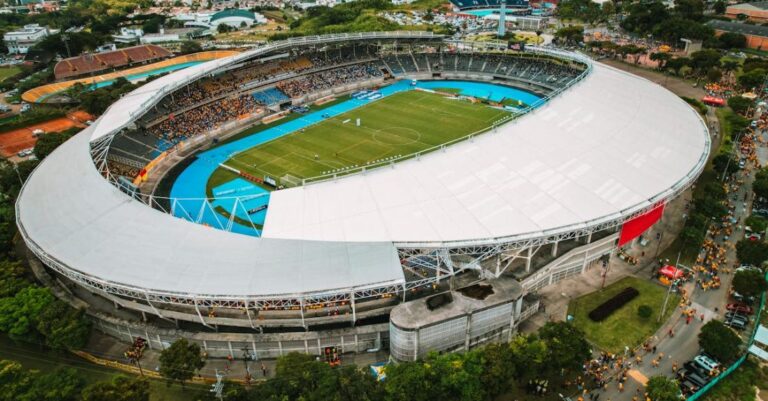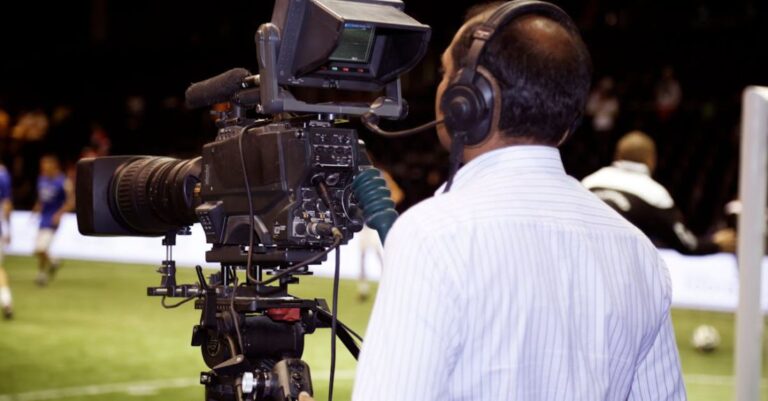
Women’s sports have come a long way in terms of recognition and participation over the years. However, despite the progress made, there are still several challenges that female athletes face in the world of sports. These obstacles can range from inequality in pay and sponsorship opportunities to societal stereotypes and lack of media coverage. In this article, we will delve into the various challenges that women in sports encounter and how these hurdles impact their careers and the overall landscape of women’s sports.
Gender Pay Gap in Sports
One of the most glaring challenges that women face in sports is the gender pay gap. Female athletes often earn significantly less than their male counterparts, even in sports where both genders compete at the same level. This disparity is evident in various sports, including soccer, basketball, and tennis, where male athletes receive higher salaries, bonuses, and sponsorship deals compared to female athletes. The lack of equal pay not only undermines the efforts and achievements of female athletes but also perpetuates gender inequality in the sports industry.
Limited Sponsorship Opportunities
Another challenge that women in sports face is the limited sponsorship opportunities available to them. Female athletes often struggle to secure lucrative endorsement deals and partnerships with brands, primarily due to the lower visibility and exposure they receive compared to male athletes. This lack of sponsorship not only affects the financial stability of female athletes but also hinders their ability to grow their personal brands and reach a wider audience.
Societal Stereotypes and Bias
Societal stereotypes and bias also pose a significant challenge for women in sports. Female athletes are often subjected to unfair criticism and scrutiny based on their appearance, behavior, or perceived lack of femininity. These stereotypes not only affect the self-esteem and confidence of female athletes but also create barriers to their success and acceptance in the sports world. Overcoming these stereotypes requires a shift in societal attitudes and a greater emphasis on recognizing and celebrating the achievements of female athletes based on their skills and talents rather than their gender.
Lack of Media Coverage
The lack of media coverage is another major challenge that women in sports face. Female athletes receive far less media attention and coverage compared to male athletes, which limits their visibility and recognition in the sports industry. The lack of media exposure not only affects the popularity and marketability of female athletes but also perpetuates the notion that women’s sports are less exciting or competitive than men’s sports. Increasing media coverage of women’s sports is essential to promoting gender equality in sports and providing female athletes with the recognition and support they deserve.
Limited Funding and Resources
Female athletes also face challenges related to limited funding and resources available to support their training and development. Women’s sports programs often receive less financial support and investment compared to men’s sports, leading to disparities in coaching, facilities, equipment, and opportunities for female athletes. Closing the funding gap and providing equal resources for women’s sports are crucial steps towards creating a more inclusive and equitable sports environment for female athletes.
Institutional Barriers and Discrimination
In addition to external challenges, women in sports also encounter institutional barriers and discrimination within sports organizations and governing bodies. Gender-based discrimination, lack of representation in leadership roles, and unequal opportunities for advancement are some of the issues that female athletes face within the sports industry. Overcoming these institutional barriers requires a concerted effort to promote diversity, inclusivity, and gender equality at all levels of sports governance and administration.
Conclusion: Empowering Women in Sports
Despite the numerous challenges that women face in sports, female athletes continue to break barriers, defy stereotypes, and inspire future generations with their talent and resilience. Empowering women in sports requires a collective effort from athletes, fans, sponsors, media, and sports organizations to address the systemic inequalities and biases that hinder the progress of female athletes. By advocating for equal pay, increasing media coverage, providing more sponsorship opportunities, and investing in women’s sports programs, we can create a more inclusive and equitable sports landscape where female athletes can thrive and succeed on their own terms. It is time to support and celebrate the achievements of women in sports and pave the way for a more diverse and equitable future in the world of athletics.





